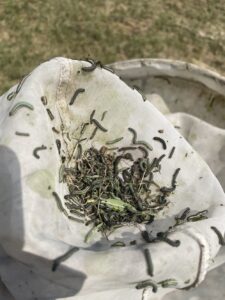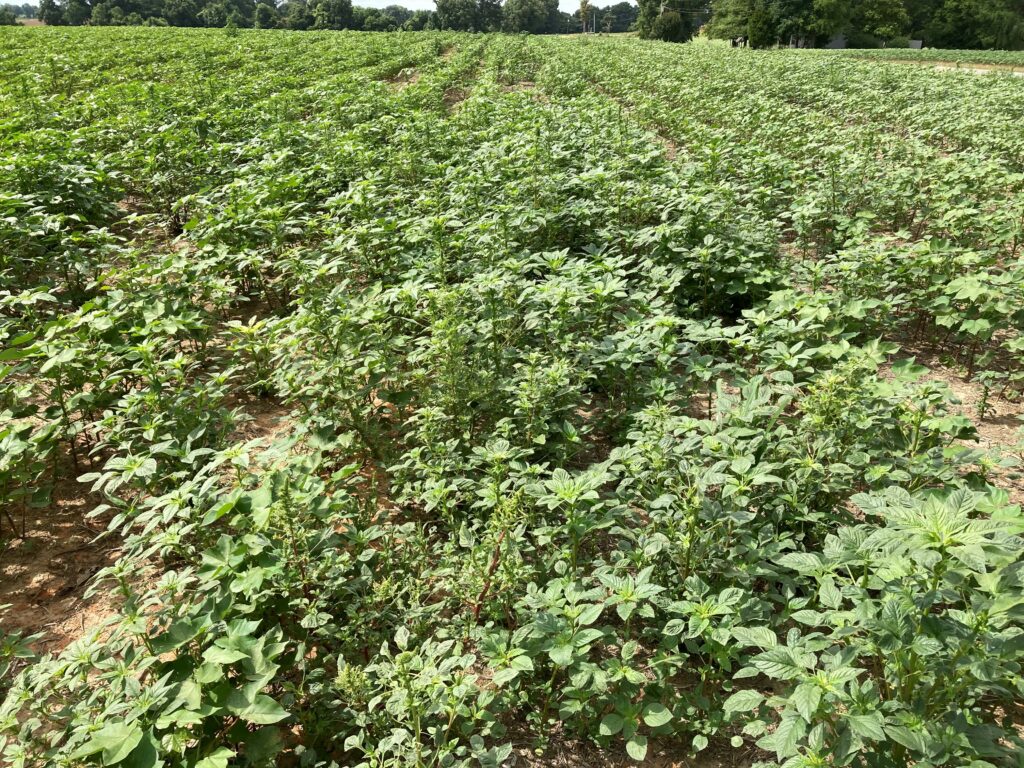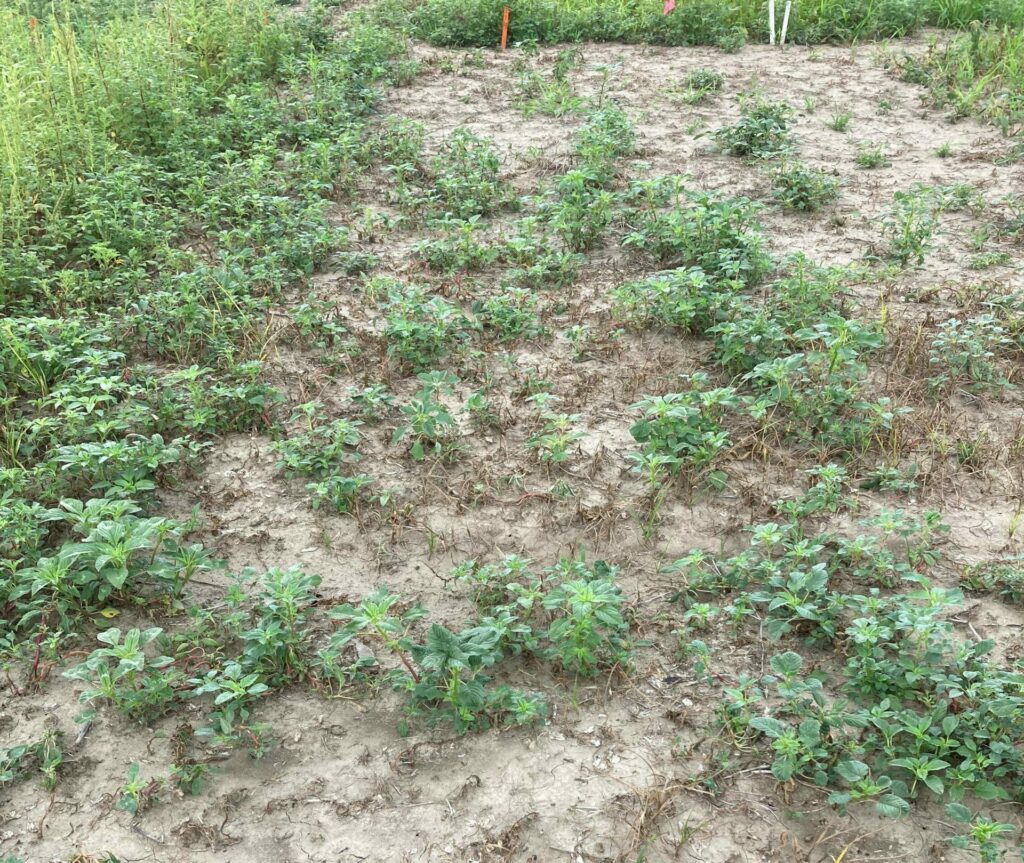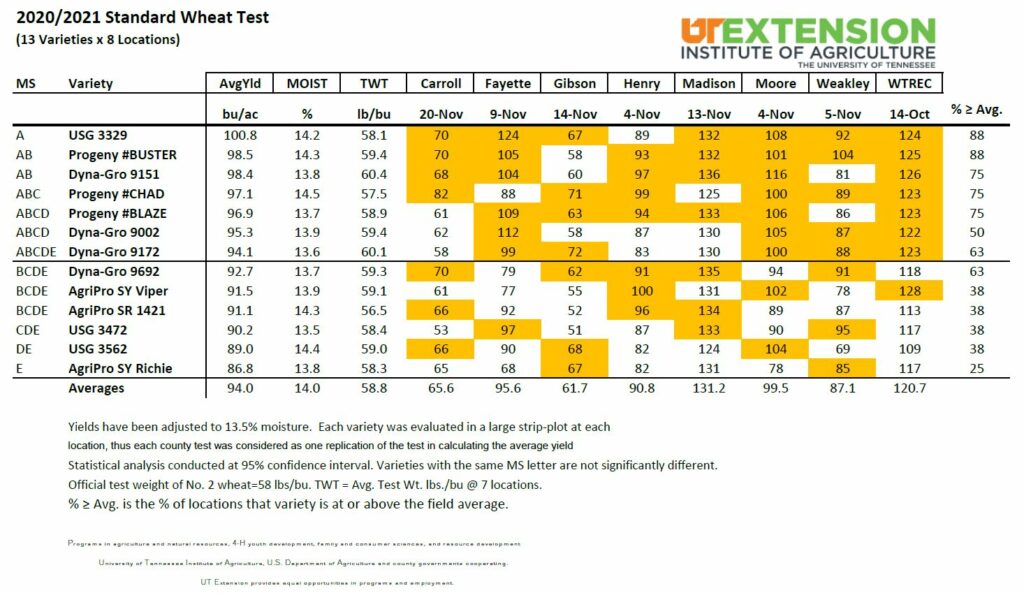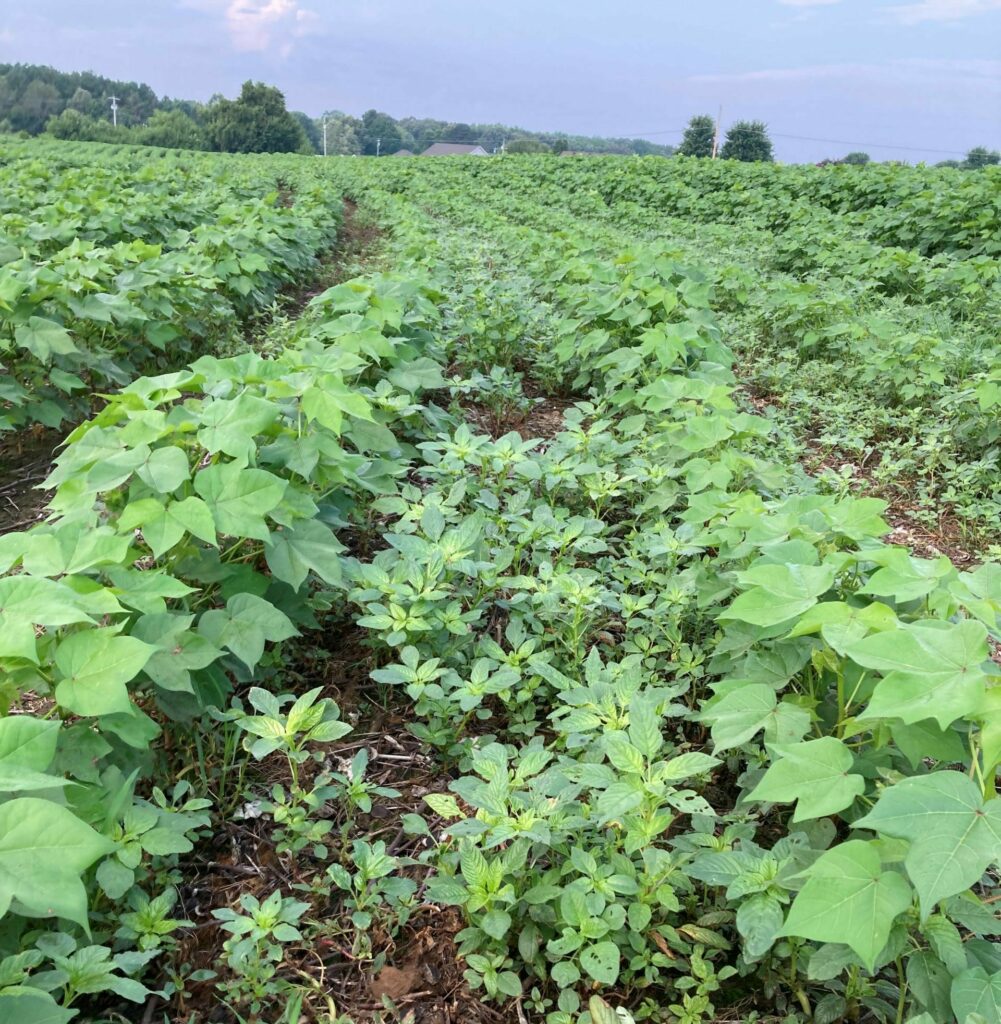
We have visited fields where growers have found that Palmer amaranth that escaped an auxin herbicide (Engenia, XtendiMax, Enlist One) application also escaped follow-up glufosinate (Liberty) application (Pictures 1 and 2). Auxin herbicide-resistant Palmer amaranth was documented in Tennessee last year. As such, it was not a surprise to find dicamba or 2,4-D fail to control pigweed. Glufosinate-resistant Palmer amaranth was documented in Arkansas last year. We have not found glufosinate-resistant Palmer amaranth on the Tennessee side of the river. However, the reports from these fields has us concerned the glufosinate-resistant biotype has indeed crossed the river. Part of the reason for the concern is that we had research fairly close to these suspect fields that showed similar poor Palmer control with dicamba or 2,4-D followed by glufosinate. Continue reading


